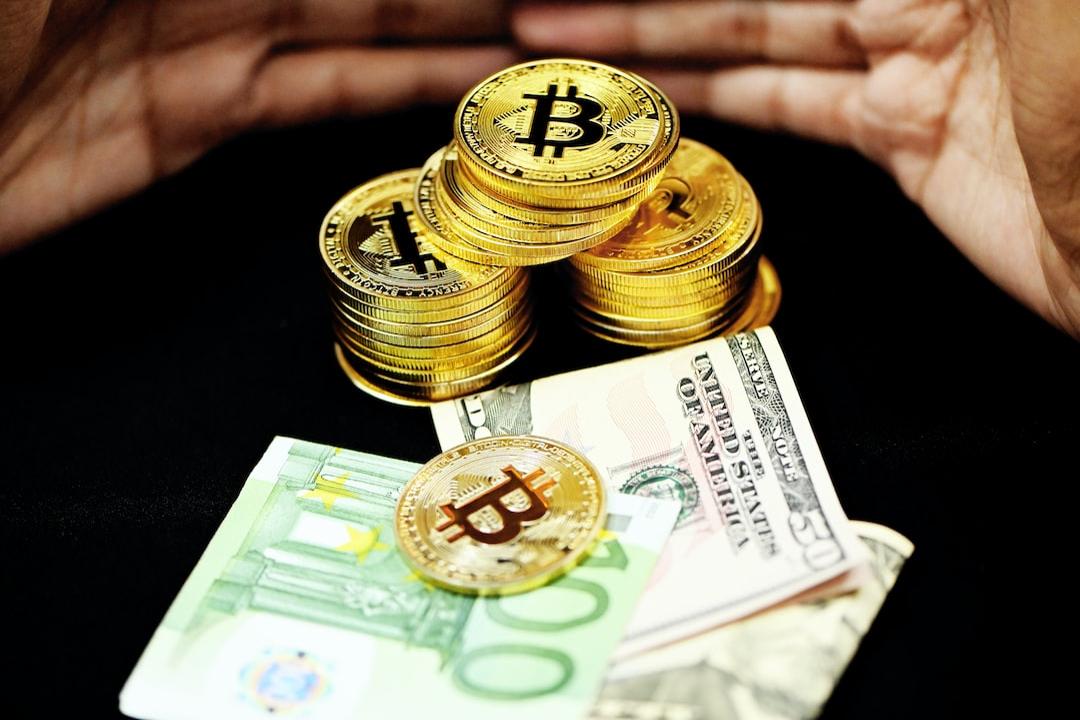Investor sentiment around TRUMP rose sharply after the recent meeting between Donald Trump and Russian President Vladimir Putin.
The summit drew global attention, with many observers interpreting it as a possible step toward improving U.S.-Russia relations. In the past, such political developments have often fueled optimism in markets tied to major political figures. This time, however, the reaction was uneven.
Despite the clear uptick in sentiment, TRUMP’s price did not reflect the change. The token traded in a narrow range, showing little to no upward momentum following the meeting. Investors appeared hesitant to commit to large positions, citing uncertainty over future geopolitical and market conditions. The lack of meaningful price action highlighted the cautious approach currently shaping TRUMP’s market.
Weaker Confidence in Market Signals
Broader indicators for TRUMP reflected a restrained market outlook, even as sentiment spiked. Data from Santiment showed a clear rise in weighted sentiment after the Trump-Putin summit. The red sentiment line in the chart climbed steadily through early August, moving into positive territory and reaching its highest level in more than a month.

However, the green price line told a different story. TRUMP’s price remained mostly stable, hovering between $8.4 and $9.5. Even during periods of improving sentiment, the token failed to sustain a strong upward trend. The divergence underscored the market’s hesitation: while investors voiced optimism, they were reluctant to back it with significant capital inflows.
This split between sentiment and price highlights a cautious investor base. Positive perceptions around political events lifted the mood, but the lack of follow-through in trading activity suggested that confidence remains fragile. As the chart shows, TRUMP’s price has struggled to align with sentiment improvements, leaving the token locked in a narrow trading range despite a visible mood shift in the community.
CMF Signals Capital Outflows
The Chaikin Money Flow (CMF) for TRUMP highlighted weakening investor conviction. While sentiment indicators briefly rose after the Trump-Putin meeting, the CMF told a different story. The chart shows repeated swings between positive and negative territory from late June through mid-August, with the latest readings dipping below zero.

This decline into negative values is important because it signals that selling pressure is outweighing buying activity. Inflows into TRUMP weakened steadily after early August, pointing to reduced demand and cautious positioning among investors. The negative momentum suggests that capital is leaving the market, even as sentiment gauges indicated optimism.
The divergence between rising sentiment and falling CMF underlines investor skepticism. Many appear reluctant to treat political events as sustainable drivers of price. Instead, they are pulling back capital, signaling concerns over volatility and the lack of clear bullish catalysts. This dynamic explains why TRUMP’s price has remained range-bound despite the surge in attention around geopolitical developments.
Investors Show Signs of Caution
The hesitance points to a wider trend of defensive behavior. Many investors acknowledge the significance of political developments but remain unwilling to treat them as drivers of sustainable gains. Instead, TRUMP holders appear focused on potential risks, including geopolitical uncertainty, market instability, and the possibility of sharp reversals. As a result, trading volumes stayed muted, reinforcing the impression of a market waiting for clearer signals before taking new positions.
The mixed reaction underlined the challenges facing politically linked tokens. While high-profile events such as the Trump-Putin meeting can boost sentiment in the short term, the absence of capital inflows limits their ability to generate lasting price momentum. For TRUMP, the market’s current caution highlights the gap between optimistic perceptions and concrete investor action.
TRUMP MACD Shows Weak Momentum
The MACD chart for TRUMP highlights repeated shifts in momentum without a clear trend. Since late June, the MACD line has crossed above and below the signal line several times, showing that the market has struggled to establish direction. Each crossover was followed by a brief change in momentum, yet none developed into a sustained rally.

The histogram, which tracks the strength of these movements, also reflects this pattern of instability. Green bars appeared during short bursts of bullish momentum, such as in late June, mid-July, and again around August 10. However, each surge quickly faded and was replaced by red bars, signaling a return to bearish momentum. These rapid swings underscored the lack of strong buying pressure and confirmed that rallies were short-lived.
By mid-August, the MACD line had moved just below the signal line, while the histogram hovered near zero with only small red bars. This position indicates slightly bearish momentum, but more importantly, it shows a market in consolidation. The narrowing distance between the MACD and signal line points to indecision, suggesting that investors are holding back until a stronger catalyst emerges.
Overall, the MACD reveals a market caught in hesitation. While sentiment improved after the Trump-Putin meeting, momentum indicators continue to show weak conviction. The failure of bullish signals to sustain strength illustrates a cautious environment where traders remain uncertain about TRUMP’s next move.

